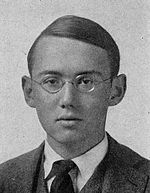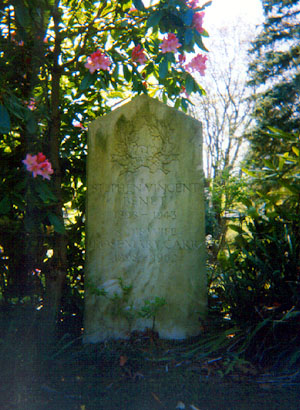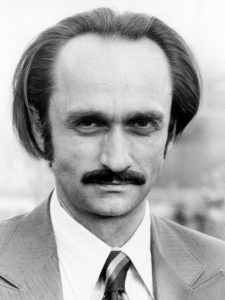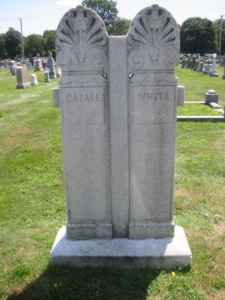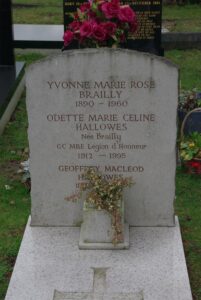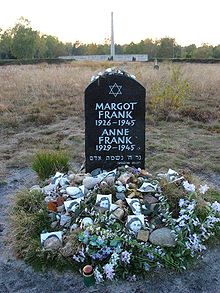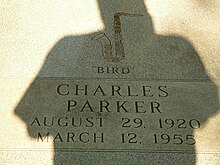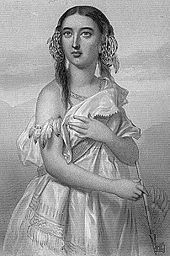 On this day in 1617, Native American woman, Pocahontas died in Gravesend, Kent, England at the approximate age of 21. Born about 1595 in what is now Virginia. She was the daughter of Powhatan, the paramount chief of Tsenacommacah, an alliance of about thirty Algonquian-speaking groups and chiefdoms in Tidewater Virginia. Pocahontas was known for having assisted colonial settlers at Jamestown and for reportedly saving Captain John Smith‘s life. She converted to Christianity and married the English settler John Rolfe. They had a son, Thomas Rolfe and her many descendants include; Edith Bolling Galt Wilson, wife of Woodrow Wilson; Admiral Richard Byrd; Virginia Governor Harry Flood Byrd; fashion-designer and socialite Pauline de Rothschild; former First Lady Nancy Reagan. The Rolfes left Virginia for England in 1616. She died just as they were beginning a return trip to Virginia.
On this day in 1617, Native American woman, Pocahontas died in Gravesend, Kent, England at the approximate age of 21. Born about 1595 in what is now Virginia. She was the daughter of Powhatan, the paramount chief of Tsenacommacah, an alliance of about thirty Algonquian-speaking groups and chiefdoms in Tidewater Virginia. Pocahontas was known for having assisted colonial settlers at Jamestown and for reportedly saving Captain John Smith‘s life. She converted to Christianity and married the English settler John Rolfe. They had a son, Thomas Rolfe and her many descendants include; Edith Bolling Galt Wilson, wife of Woodrow Wilson; Admiral Richard Byrd; Virginia Governor Harry Flood Byrd; fashion-designer and socialite Pauline de Rothschild; former First Lady Nancy Reagan. The Rolfes left Virginia for England in 1616. She died just as they were beginning a return trip to Virginia.
The Final Footprint – Pocahontas is interred somewhere in Gravesend, the exact whereabouts are not known. Her memory is honored in Gravesend with a life-size bronze statue at St. George’s Church.
#RIP #OTD in 1943 US aviator, Women Airforce Service Pilots member, the first US pilot to encounter the Japanese air fleet during the Attack on Pearl Harbor, Cornelia Fort died on active duty after a mid-air collision near Merkel, Texas aged 24.
| Candy Darling | |
|---|---|
 On this day in 1974, transgender actress Candy Darling died of lymphoma, aged 29, at the Columbia University Medical Center division of the Cabrini Health Center in New York City. Born James Lawrence Slattery on November 24, 1944 in Forest Hills, Queens, New York. Perhaps best known as a Warhol Superstar. She starred in Andy Warhol’s films Flesh (1968) and Women in Revolt (1971), and was a muse of the protopunk band The Velvet Underground. She appeared in Klute with Jane Fonda and Lady Liberty with Sophia Loren. Her theatre credits include two Jackie Curtis plays, Glamour, Glory and Gold (1967) and Vain Victory: The Vicissitudes of the Damned (1971). She was also in Tennessee Williams‘ play Small Craft Warnings, at the invitation of Williams himself. Darling and friend Taffy are paid tribute to in the chorus of The Rolling Stones’ 1967 song “Citadel”. Darling is the subject of the song “Candy Says”, the opening track on The Velvet Underground’s third, self-titled album in 1969. The second verse of Lou Reed’s 1972 hit “Walk on the Wild Side” is devoted to Darling.
On this day in 1974, transgender actress Candy Darling died of lymphoma, aged 29, at the Columbia University Medical Center division of the Cabrini Health Center in New York City. Born James Lawrence Slattery on November 24, 1944 in Forest Hills, Queens, New York. Perhaps best known as a Warhol Superstar. She starred in Andy Warhol’s films Flesh (1968) and Women in Revolt (1971), and was a muse of the protopunk band The Velvet Underground. She appeared in Klute with Jane Fonda and Lady Liberty with Sophia Loren. Her theatre credits include two Jackie Curtis plays, Glamour, Glory and Gold (1967) and Vain Victory: The Vicissitudes of the Damned (1971). She was also in Tennessee Williams‘ play Small Craft Warnings, at the invitation of Williams himself. Darling and friend Taffy are paid tribute to in the chorus of The Rolling Stones’ 1967 song “Citadel”. Darling is the subject of the song “Candy Says”, the opening track on The Velvet Underground’s third, self-titled album in 1969. The second verse of Lou Reed’s 1972 hit “Walk on the Wild Side” is devoted to Darling.
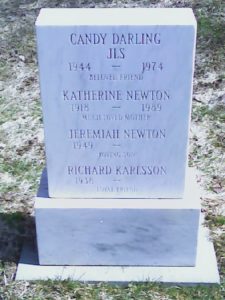 The Final Footprint
The Final Footprint
In a letter written on her deathbed and intended for Warhol and his followers, Darling said, “Unfortunately before my death I had no desire left for life … I am just so bored by everything. You might say bored to death. Did you know I couldn’t last. I always knew it. I wish I could meet you all again.“
Her funeral, held at the Frank E. Campbell Funeral Chapel, was attended by huge crowds. Julie Newmar read the eulogy. A piano piece was played by Faith Dane. Gloria Swanson saluted Darling’s coffin.
Darling was cremated, and her cremated remains interred by friend Jeremiah Newton in the Cherry Valley Cemetery, located in Cherry Valley, New York, a historical village located at the foot of the Catskill Mountains.
A feature-length documentary on Darling, titled Beautiful Darling, premiered at the Berlin International Film Festival (or Berlinale) in February 2010. The documentary features archival film and video footage, photographs, personal papers, and archival audio interviews.
- Darling was first portrayed on film by Stephen Dorff in I Shot Andy Warhol (1996).
- Darling appears as a character in the 2011 HBO film Cinema Verite, portrayed by Willam Belli.
#RIP #OTD in 1991 inventor, designer of the Fender Telecaster and Stratocaster (his instruments played by many including Jimi Hendrix and Stevie Ray Vaughan), Leo Fender died from Parkinson’s disease in Fullerton, California, aged 81. Fairhaven Memorial Park in Santa Ana CA
#RIP #OTD in 2004 French prima ballerina, artist, author, actress (The Red Shoes, Les Rendezvous, The Tales of Hoffmann, Oh… Rosalinda!!, Luna de Miel) Ludmilla Tchérina died in Paris aged 79. Montmartre Cemetery, Paris
#RIP #OTD in 2011 blues pianist Pinetop Perkins died in his sleep of cardiac arrest at his home in Austin, Texas at the age of 97. McLaurin Memorial Garden cemetery in Clarksdale, Mississippi
Have you planned yours yet?
Follow TFF on twitter @RIPTFF

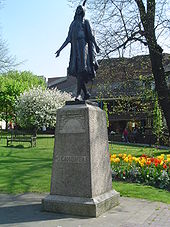


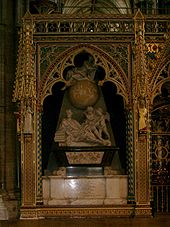
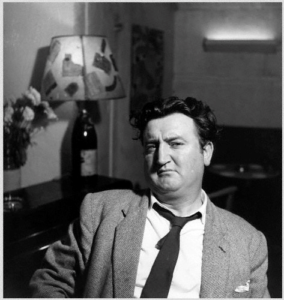
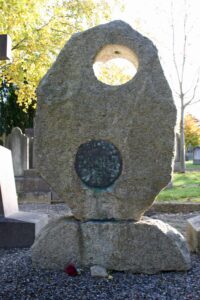



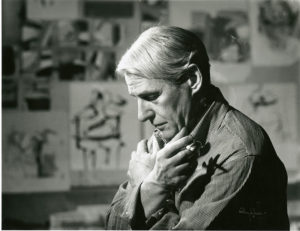


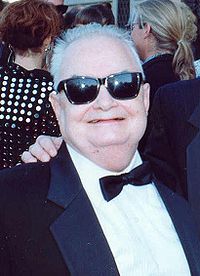
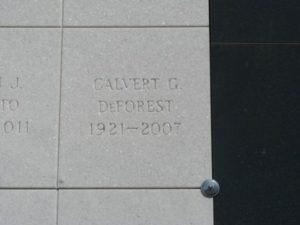
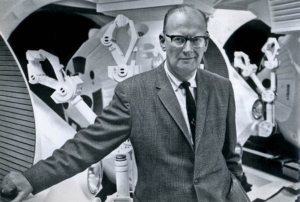

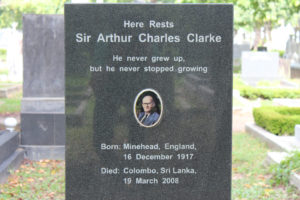
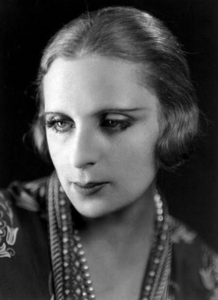


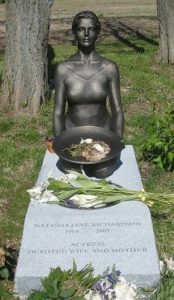 The Final Footprint
The Final Footprint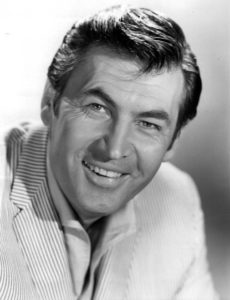 On this day in 2010, U. S. Navy and Marine
On this day in 2010, U. S. Navy and Marine

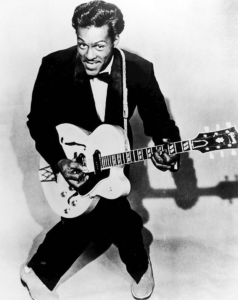





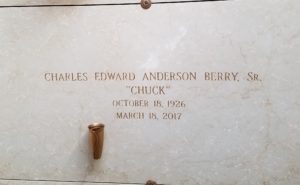


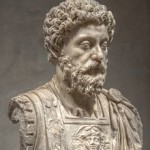

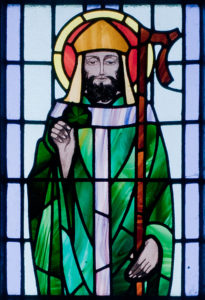
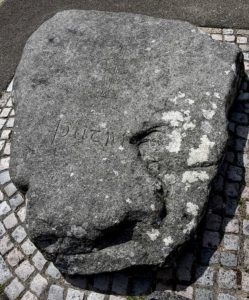
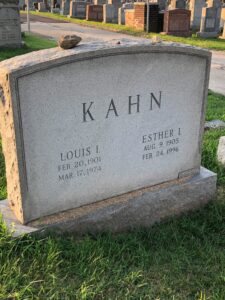


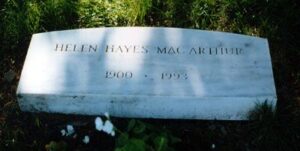
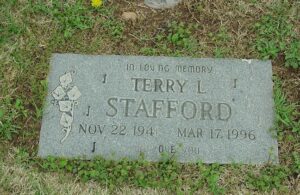
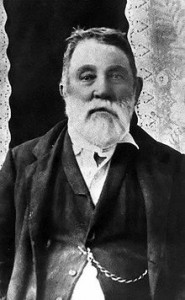
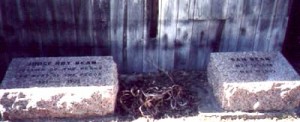

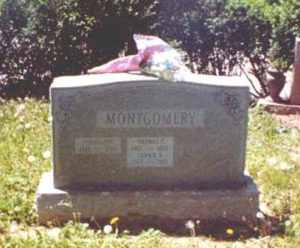
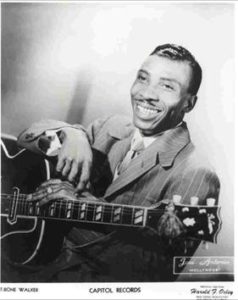

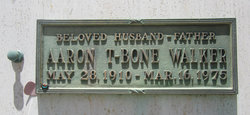
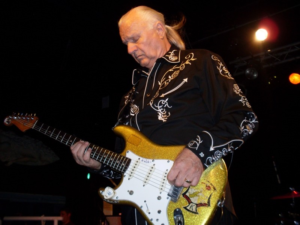


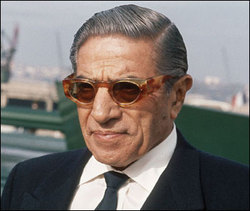
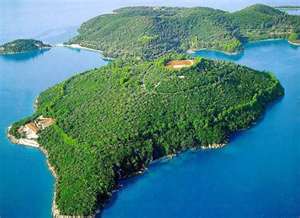
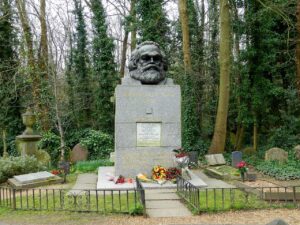
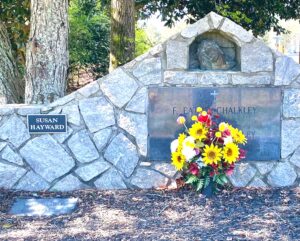
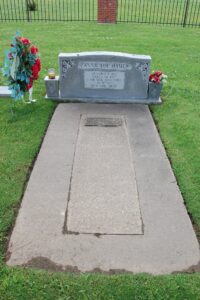
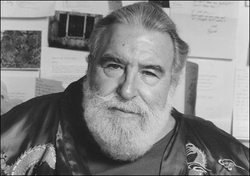
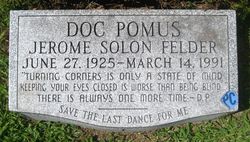
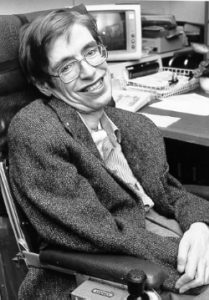
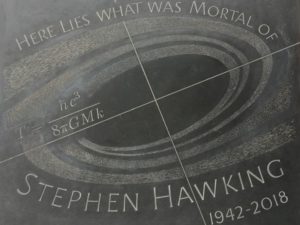
 On this day in 1906, social reformer and women’s rights activist Susan B. Anthony died at the age of 86 of heart failure and pneumonia in her home in Rochester, New York. Born on February 15, 1820 in Adams, Massachusetts. She played a pivotal role in the women’s suffrage movement. Born into a Quaker family committed to social equality, she collected anti-slavery petitions at the age of 17. In 1856, she became the New York state agent for the American Anti-Slavery Society.
On this day in 1906, social reformer and women’s rights activist Susan B. Anthony died at the age of 86 of heart failure and pneumonia in her home in Rochester, New York. Born on February 15, 1820 in Adams, Massachusetts. She played a pivotal role in the women’s suffrage movement. Born into a Quaker family committed to social equality, she collected anti-slavery petitions at the age of 17. In 1856, she became the New York state agent for the American Anti-Slavery Society.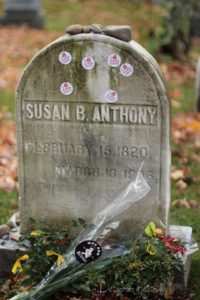 The Final Footprint
The Final Footprint